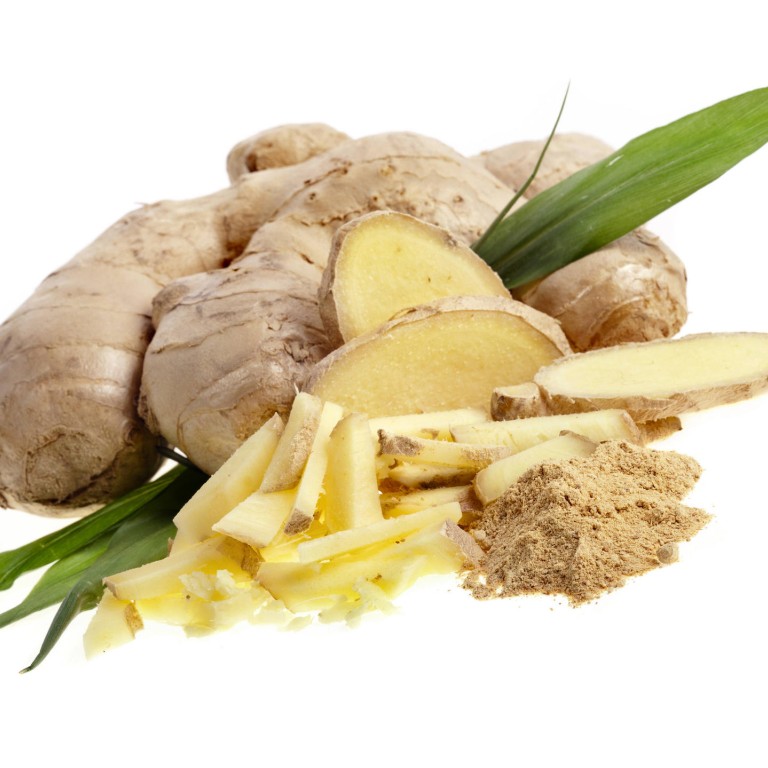
Seasons: taking root
Susan Jung
There's no mistaking the taste of ginger - its hot, complex, spicy flavour is like nothing else. The fresh ginger rhizome has long been used in Asian cuisines, either subtly (in spice pastes, where the flavour blends with the other ingredients) or much more overtly, when its strong taste is an essential part of a dish. It can also be simmered for a long time in sugar syrup to make candied ginger, or sliced, dried and ground for ginger powder. Pink-tipped, thin-skinned young ginger, which is mild and tender and doesn't have the fibres of regular ginger, is covered with a sugar and rice vinegar mixture to make a sweet-sharp pickle that's a delicious accompaniment to raw fish and century eggs.
When choosing ginger, look for firm, unshrivelled pieces that feel heavy. For most preparations, you should peel off the skin. An exception is with Chinese ginger milk pudding, which is made with just three ingredients - ginger, milk and sugar. When mixed together, the ingredients set into a smooth, delicate, wobbly "custard", because the ginger contains an enzyme that causes the milk to coagulate. The enzyme is concentrated in the skin of old ginger (but not of young ginger, which won't work for this dessert), so the rhizome isn't peeled before being grated.
In traditional Chinese medicine, ginger is con-sidered to be a "heaty" ingredient that warms the blood. It's made into a delicious dish with pig's trotters and Pat Chun sweetened black vinegar and given to new mothers. The pig's trotters are cut into pieces and blanched several times in boiling water, then drained and put into a deep pan. Black vinegar, water, sugar and rice wine are added to the pot, along with a large quantity of old and young ginger cut into chunks then lightly bashed with the side of a cleaver. The ingredients are simmered until the pig's trotters are tender; if you like, you can add peeled hard-boiled eggs and let them cook for an hour or so.

